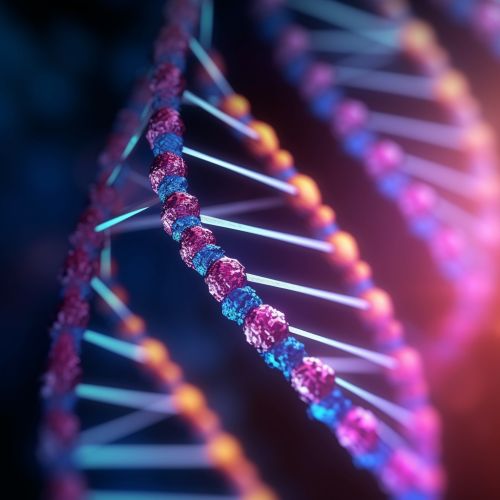Genetic Diversity
Introduction
Genetic diversity is a fundamental aspect of biological diversity and a key component of evolutionary processes. It refers to the total number of genetic characteristics in the genetic makeup of a species. It is distinguished from genetic variability, which describes the tendency of genetic characteristics to vary.


Role in Species Survival
Genetic diversity serves a crucial role in the survival and adaptability of a species. When a population's habitat changes, slight gene variations can be the key to survival. For example, a virus may wipe out all individuals of a species, save for a few individuals with a particular genetic resistance. Without genetic diversity, the survival of the species would be very unlikely.
Genetic Variation
Genetic variation is a measure of the genetic differentiation among individuals within a population. Variations can be caused by many factors, such as mutations, recombination, and genetic drift.
Measurement of Genetic Diversity
Genetic diversity can be measured in several ways. The most direct measure is to sequence the DNA of a group of individuals and count the number of differences. However, this method is costly and time-consuming. Other methods include microsatellite analysis, SNP analysis, and DNA barcoding.
Factors Influencing Genetic Diversity
Several factors can influence the level of genetic diversity in a population. These include the population's size, its history, and the rate of new genetic variation. The larger the population, the more likely it is to maintain its genetic diversity. A population's history can also affect its level of diversity. For example, a population that has experienced a bottleneck or founder effect may have reduced diversity.
Importance of Genetic Diversity
Genetic diversity is crucial for the survival of a species. It allows species to adapt to changes in their environment, such as changes in climate or the introduction of new diseases. It also contributes to the overall health of a population. Populations with high genetic diversity are generally more robust and resilient than those with low diversity.
Threats to Genetic Diversity
There are several threats to genetic diversity, including habitat loss, overexploitation, and inbreeding. Habitat loss can lead to a decrease in population size, which can reduce genetic diversity. Overexploitation can also lead to a decrease in diversity, as it often targets specific individuals within a population. Inbreeding can lead to a decrease in diversity as it increases the likelihood of harmful genetic traits being passed on.
Conservation of Genetic Diversity
Conservation of genetic diversity is a key component of biodiversity conservation. This can be achieved through a variety of methods, including in situ conservation, which involves protecting species in their natural habitats, and ex situ conservation, which involves protecting species outside of their natural habitats, such as in zoos or seed banks.
